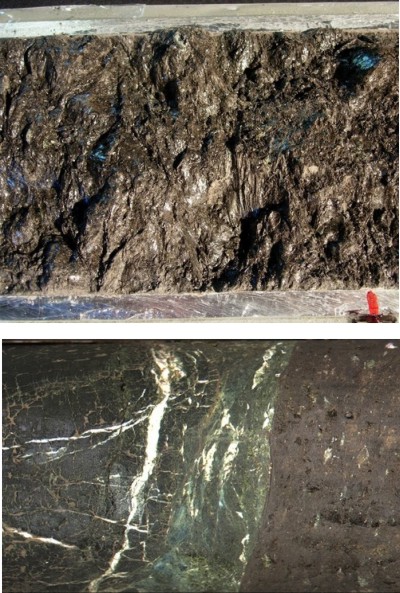It was an interesting day yesterday.
Firstly, there was a student demonstration outside campus over plans to increase tuition fees next year. Protestors were not allowed on campus, and after a couple of hours of singing and banging drums it seems several students tried to break through the gates, at which point the police moved in and enthusiastically dispersed them with salvos of rubber bullets and tear-gas. Since the geology department overlooks the main entrance, we all got a grandstand view; fortunately, it seems that no-one was injured.
Ten minutes later, we were plunged into darkness due to a “load-shedding” exercise by the power company: increased energy usage in the current cold and damp weather is apparently straining the grid to breaking point, so successive districts around the city are being subjected to 2 or 3 hour rolling blackouts to prevent the entire system melting down.
Living here is a real eye-opener sometimes.
The Authors
Search this blog
Categories
Archives
-
Recent Posts
- No chatbots please, we’re scientists
- Golden spike or no golden spike – we are living in the Anthropocene
- We are late bending the climate change curve – but bending it still matters
- The changing picture of the Martian core
- Rivers might not need plants to meander
- Has Earth’s mantle always worked like it does today?
- How the UK’s tectonic past is key to its seismic present
- A new recipe for Large Igneous Provinces: just add BIF, then wait a couple of hundred million years
-
Recent Comments
For lot's more videos on soil moisture topics, see Drs Selker and Or's text-book support videos https://www.youtube.com/channel/UCoMb5YOZuaGtn8pZyQMSLuQ/playlists
[…] Announcing STORMS | Highly Allochthonous on Recent News […]





Nice plan for content warnings on Mastodon and the Fediverse. Now you need a Mastodon/Fediverse button on this blog.